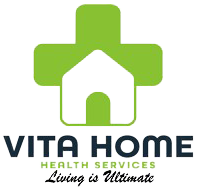Speech Therapy
1. Speech and Articulation Disorders: These include difficulties with producing sounds, forming words, or coordinating speech muscles, often resulting in unclear or unintelligible speech.
2. Language Disorders: This category encompasses challenges with understanding or using language, including difficulties with vocabulary, grammar, sentence structure, and comprehension.
3. Cognitive-Communication Disorders: People with cognitive impairments or neurological conditions like stroke, traumatic brain injury, or dementia may experience issues with attention, memory, problem-solving, and communication skills. Speech therapy can help improve their cognitive-communication abilities.
4. Voice Disorders: Individuals with voice disorders may have problems with pitch, volume, quality, or vocal cord function, leading to hoarseness, vocal fatigue, or an overall change in voice.
5. Swallowing and Feeding Disorders: Speech therapy can assist individuals who have difficulties swallowing (dysphagia) or feeding, which may occur due to neurological conditions, muscular weakness, or structural abnormalities.
During home health speech therapy, the SLP typically conducts an initial evaluation to assess the patient’s specific needs and develop a personalized treatment plan. The therapy sessions are then conducted in the patient’s home, where the SLP provides targeted interventions and exercises to address the identified communication or swallowing issues.
The goals of home-based speech therapy are to improve the patient’s functional communication skills, enhance their ability to swallow safely and efficiently, promote independence in daily activities, and increase the overall quality of life. The SLP may use a variety of techniques, exercises, and assistive devices tailored to the individual’s needs. They may also provide education and training to family members or caregivers, enabling them to support and reinforce the therapy outside of the formal sessions.
Home health speech therapy offers several advantages, including increased convenience for patients who may have difficulty traveling to an outpatient facility, personalized care in a familiar environment, and the opportunity for therapy to be integrated into the patient’s daily routines.

